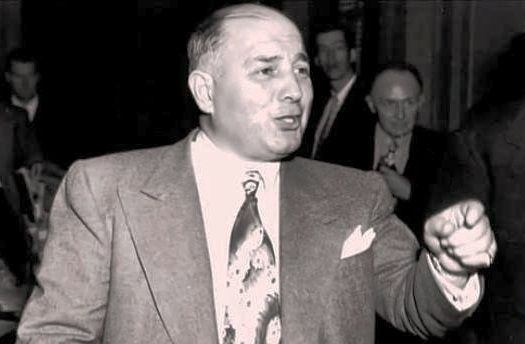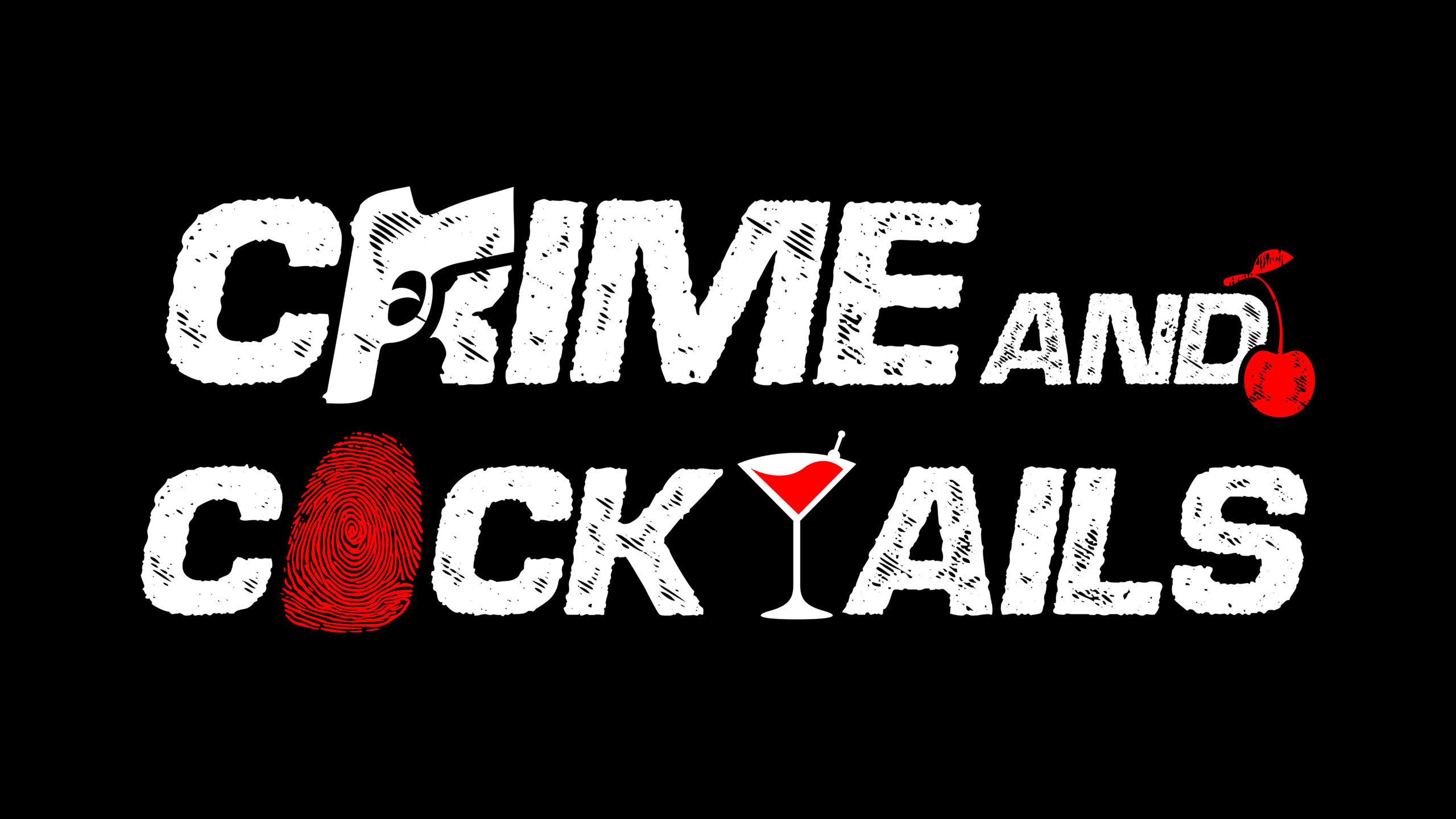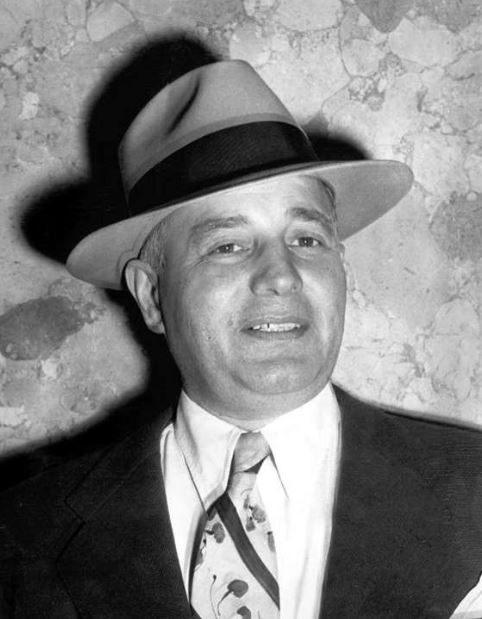Guarino “Willie” Moretti, born February 24, 1894, in Bari, Italy, was once a formidable force in New Jersey’s underworld—Frank Costello’s iron fist, the muscle behind Jersey rackets, and a feared enforcer commanding sixty gunmen across Hasbrouck Heights to the Jersey Shore. But a silent killer was metastasizing within his brain: advanced syphilis. Moretti’s condition spiraled into paretic dementia—marked cognitive decline that ravaged his judgment and memory.
At first, his bizarre antics—betting on phantom horses, clowning before the Kefauver committee, and chatting up reporters—were written off as eccentricities. Soon, however, cognitive decline made him a liability, unpredictable and dreadfully candid. He wasn’t just talking—he was unraveling secrets that could topple empires.
The Public Madness: Kefauver Hearings and Loose Tongues
In 1950, Moretti stepped into the glare of the Senate’s Kefauver hearings—the underworld’s worst nightmare made reality on live television. Unlike his fellow mobsters who clamored to remain silent, Moretti joked, flaunted, invited cameras into his sanctuary—and admitted, on national broadcast, that he was “the head man” of an American Mafia. His flamboyant quip—“What do you mean, like do I carry a membership card that says ‘Mafia’ on it?”—was equal parts comedic stunt and betrayal
It got worse: he publicly invited Senators to his beach house in Deal, NJ, and began making spontaneous press conferences—unfiltered and dangerous. He became the mob’s greatest threat, not through violence, but volatility.

Genovese’s Cold Calculus: The Rise of Ruthlessness
Enter Vito Genovese—a man whose name smelt of ambition and brutality. He watched Moretti’s descent like a vulture. Cognitive decline gave Genovese his opportunity: a deranged underboss was a security threat. Genovese didn’t speak in whispers. “The Lord have mercy on his soul, he’s losing his mind,” he spat, cold as a winter grave, to justify what was coming
Moretti’s mind had cracked; the mob’s code demanded obedience—and silence. A talking head full of broken memories was no asset. Genovese’s orchestration of Moretti’s downfall was strategic, merciless—and born of vision. He was willing to let bullets do what disease alone could not: silence the noise and seize the throne.
Genovese quietly lobbied the Mafia commission to greenlight the hit, undermining Costello’s efforts to protect his childhood friend. Vito whispered dark warnings: Moretti had to go. Slowly—but surely—members of the Commission acceded, some even relieved that mercy might speak in the language of lead.
The Final Lunch: Ritual Murder at Joe’s Elbow Room
October 4, 1951—Cliffside Park, New Jersey. Death chose a fitting stage: Joe’s Elbow Room, tucked on Palisade Avenue. Moretti—a man broken by cognitive decline—arrived alone, unarmed, unprepared. Inside, he found three—or perhaps four—co-conspirators. The chatter in Italian was light; laughter punctuated their small talk
Then, in an instant, it became a massacre. At 11:28 a.m., guns barked. Bullets struck Moretti in the head and face—a room, memorizably silent and colluding with death as he collapsed onto a black-and-white linoleum floor.. Hitmen were gone before the waitress returned, leaving only shell casings and betrayal’s aftertaste.
His corpse lay in a wheelchair-ready posture: left hand clutching his chest, ankles crossed—a morbid homage to the fallen enforcer. The precision of the hit, the marks to his face, were not accidents—they were signs of respect in the underworld’s bitter grammar of murder.
Speculation points to Philadelphia’s Antonio Caponigro, Joseph “Pepe” LiCalsi, and Anastasia capo John “Johnny Roberts” Robilotto as the executioners. LiCalsi would later be arrested—driven in by a nightclub entertainer’s tip—but the other shooters melted into the underworld’s shadows.
Aftermath in Blood and Power
Moretti’s murder was not simply a whack—it was a coup lacquered in blood. With his strongest muscle gone, Frank Costello’s grip on New Jersey rackets wobbled. Genovese poured his men into the power vacuum, taking pieces—betting, casinos, influence—once firmly in Moretti’s grip
Vito struck again in 1953, narrowly missing Costello’s skull in an attempt to finish the job—and end an era. Costello survived, but his reign was terminal. He retreated from power; prison and legal woes ensued. His crumbling empire whispered of a fallen king, propped by old loyalties—now extended.
By 1957, Vito Genovese emerged as unchallenged Don of the East. Moretti’s murder echoed through the corridors of organized crime as a blueprint: remove the unstable, dismantle the opposition, and take the throne with ruthless precision.
Mourning the Madman: A Funeral in Blood and Flowers
Five thousand mourners thronged Corpus Christi Church in Hasbrouck Heights, turning a funeral into a mob spectacle. Seventy-five cars rolled in the funeral procession; Moretti was laid to rest in a $5,000 casket at Saint Michael’s Cemetery in South Hackensack.
Those graveside eulogies? They preached loyalty. But it was a hollow homage to a broken man when bullets—not faith—sealed his fate.
Legacy of Shadows: Disease, Betrayal, Power
Cognitive Decline as a Battlefield: Moretti’s cognitive decay wasn’t a private tragedy; it became a public threat. Disease twisted the code of honor inside the Mafia—loyalty tied to competence, not sentiment. When the mind broke, mercy meant death. Moretti’s downfall foreshadowed mob psychology: pain, betrayal, remorseless finality.
Genovese’s Ruthless Ascendancy: Vito’s actions displayed visceral ambition. His cold mental calculus turned Moretti’s doom into the scaffold of his legacy: power built on calculated murder.
Costello’s Loss and Genovese’s Gain: Moretti’s elimination stripped Costello of muscle, destabilizing his empire. Genovese’s power grew in silence, through the spatial void left in Moretti’s wake.
Code Versus Complication: Omertà demanded silence. Disease demanded mercy kill. The Mafia’s moral clarity proved ambiguous, corrupted by ambition.
Epilogue: Judas in the Dining Room
Moretti’s life was cinema—gangland glory, political connections, Sinatra’s launch pad, casino glitter. But his death was a whisper—bullet-silenced, cold, clean. The man who once threatened Hollywood’s gatekeepers with a .38 ended life at a lunch table in Cliffside Park.
That bullet, delivered with clinical precision by Costello’s enemies, symbolized more than murder—it was a coronation. Genovese rose to power, using the corpse of his cousin’s friend as a platform. And from that rooftop of death, every whisper of mafia memory remembers Willie Moretti not as a martyr—but as a pawn sacrificed on the altar of cognitive decline and unrelenting ambition.
In death as in life, Willie Moretti became a symbol—of brutal betrayal, of a machine that demands strength, not sentiment. His cognitive decline cost him more than sanity; it cost him everything. And in that cold calculus, Vito Genovese’s ruthlessness shone brightest.


